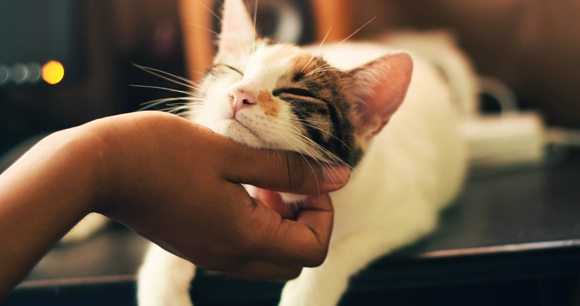
Washington, DC—The Animal Welfare Institute (AWI) unveiled a new publication entitled “Representing Domestic Violence Survivors with Pets in Ohio: A Manual for Domestic Violence Attorneys & Advocates Helping Survivors Obtain Protection Orders.” The manual is designed to enable attorneys and advocates in Ohio to better assist pet-owning domestic violence survivors. It offers a step-by-step approach to simplify the inclusion of pets in protection orders, allowing survivors to take control of their lives and escape abuse along with their pets.
“This manual will be an essential addition to the resources we currently offer on animals and family violence,” said Cathy Liss, AWI president. “It is crucial for attorneys and advocates to be aware of the concerns voiced by domestic violence survivors about their pets, of how those concerns affect the survivors’ decisions, and, most of all, of how to help them use the protection order process on behalf of their companion animals.”
The resource explains why pets should be protected in cases of domestic violence, noting that abusers often harm companion animals—just as they harm their partners and children—to assert dominance and control. One survey found that 71 percent of pet-owning domestic violence victims reported that their abusers had threatened, injured or killed their pets. Victims often refuse to leave violent situations for fear of what will happen to their pets. When seeking assistance, they may not even mention that they have a pet because they assume that there are no resources available to care for their animals.
The manual discusses the general legal landscape surrounding the inclusion of companion animals in civil protection orders, gives specific details about the laws in Ohio and provides links to forms and outside resources. To date, AWI has published similar resources for 11 other states and the District of Columbia.
Under Ohio law, petitions for protection orders are granted in cases of domestic violence and child abuse. Any adult in the household may seek a protection order on behalf of any other family or household member, including a child. Although animal abuse is not specifically mentioned in the statute as a basis for requesting that a court issue a protection order, the court may order the respondent to stay away from the pet(s) and/or allow the applicant to request custody of them as part of a domestic violence protection order.
“Because domestic violence intake interviews typically do not involve questions about the presence of pets, pets are still rarely included in petitions and final orders,” said Nancy Blaney, director of government affairs for AWI. “With the creation of this manual, which covers every aspect of this issue concisely but thoroughly, our mission is to simplify the inclusion of companion animals in protection orders for attorneys and advocates, allowing survivors to take control of their lives and find safety for themselves and their pets.”
AWI is organizing a series of cross-trainings in March for animal control officers, social workers and advocates for victims of domestic violence, among others, in Cleveland, Columbus and Toledo.
Margie Fishman, (202) 446-2128, [email protected]